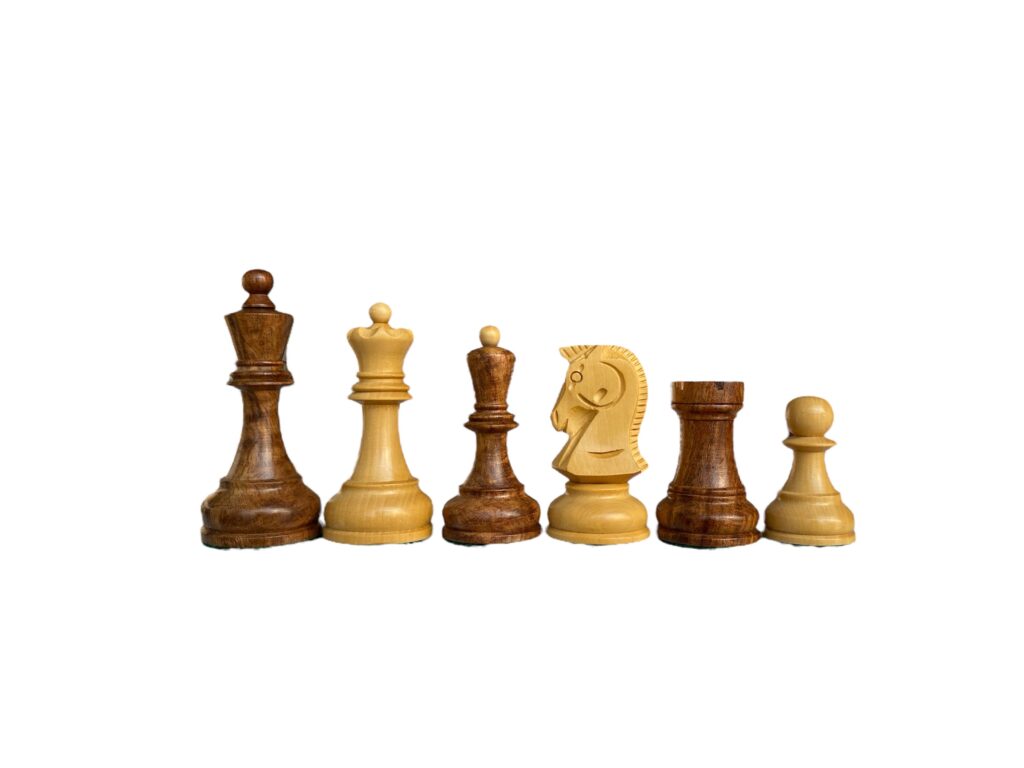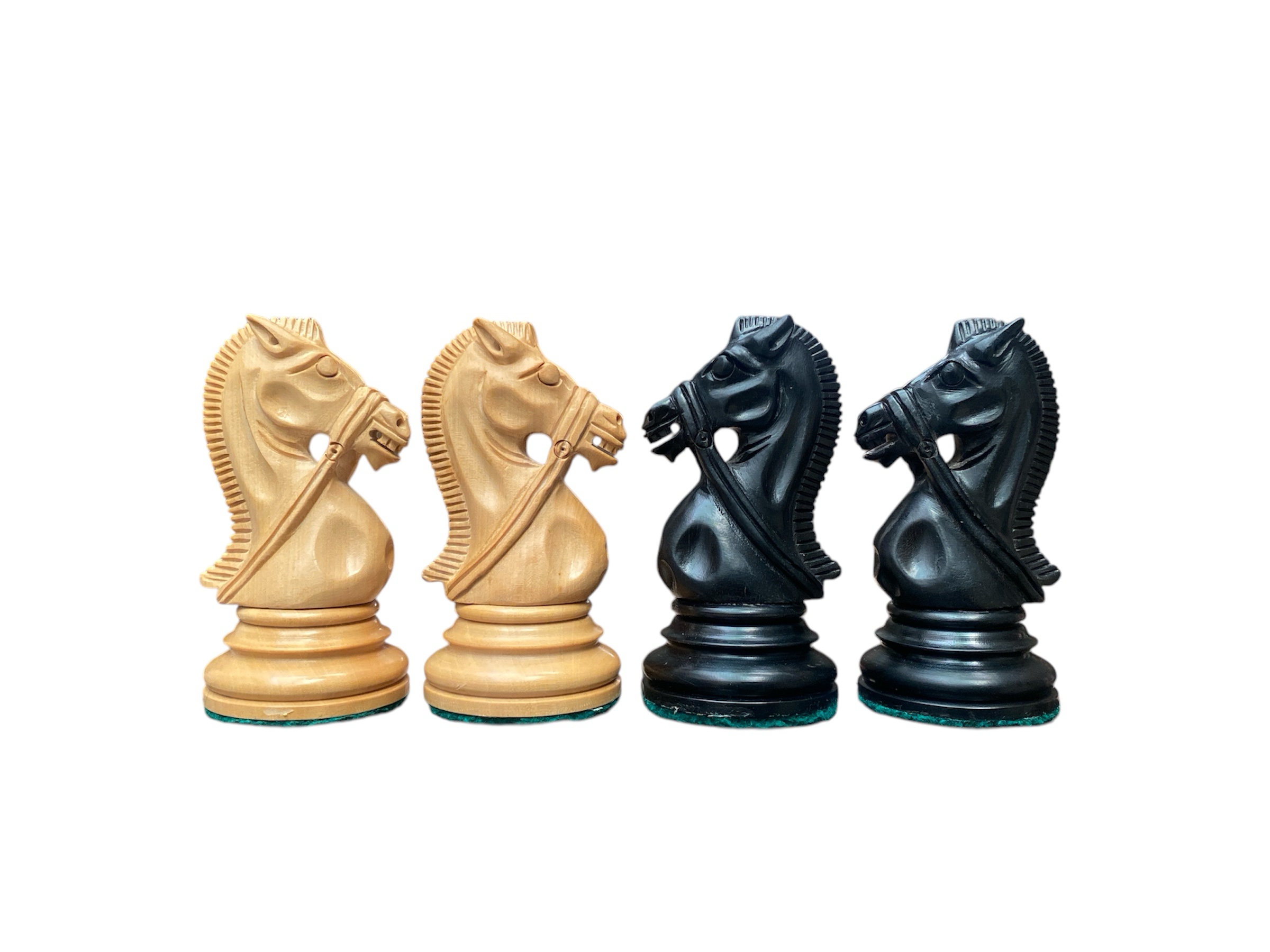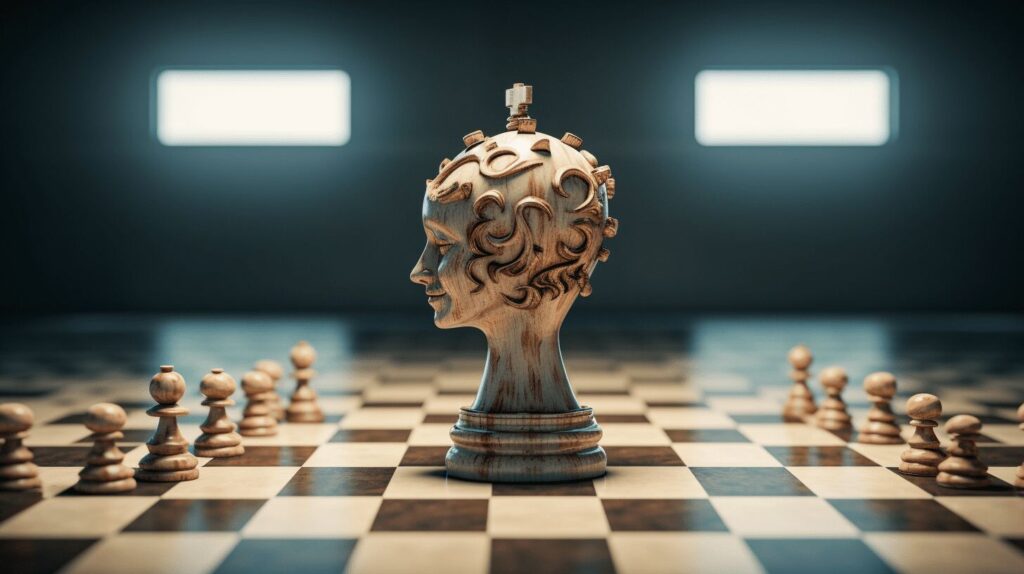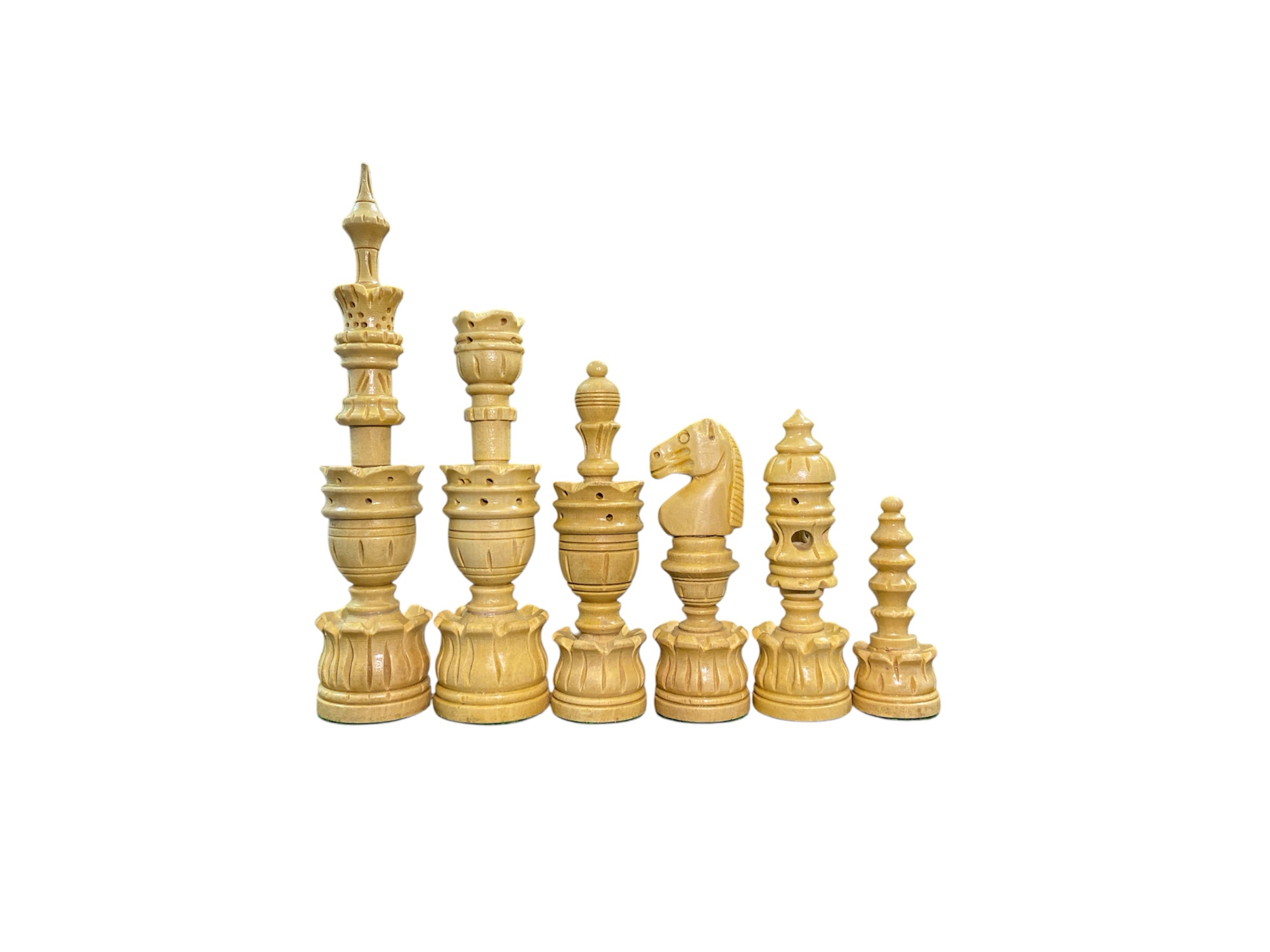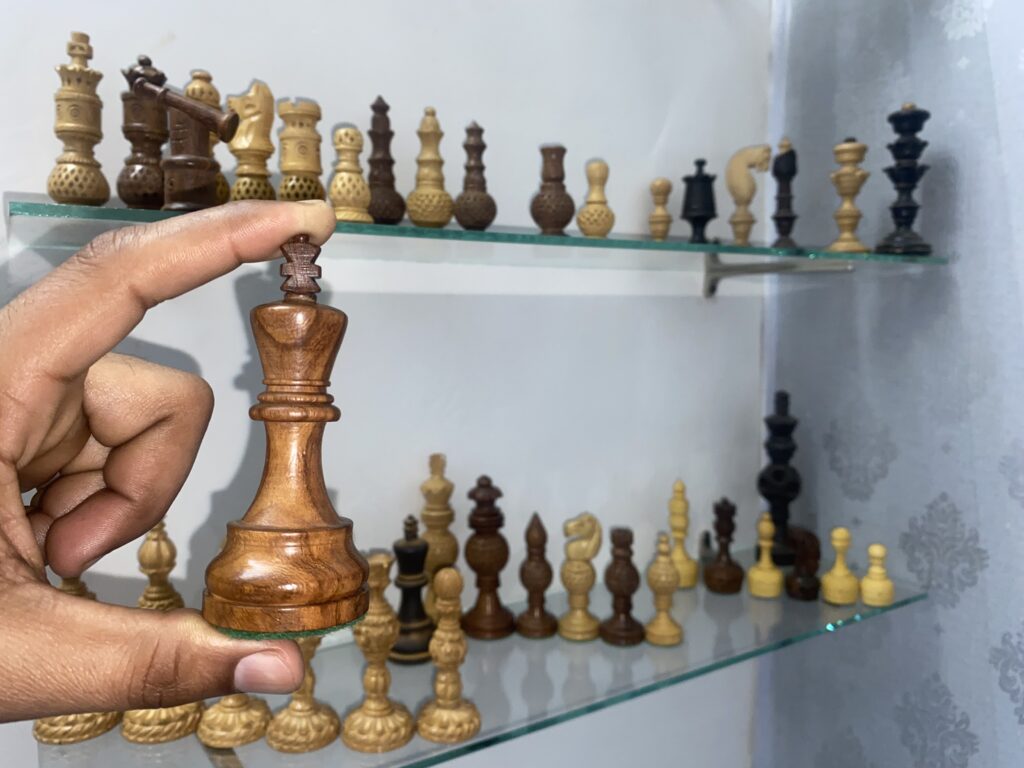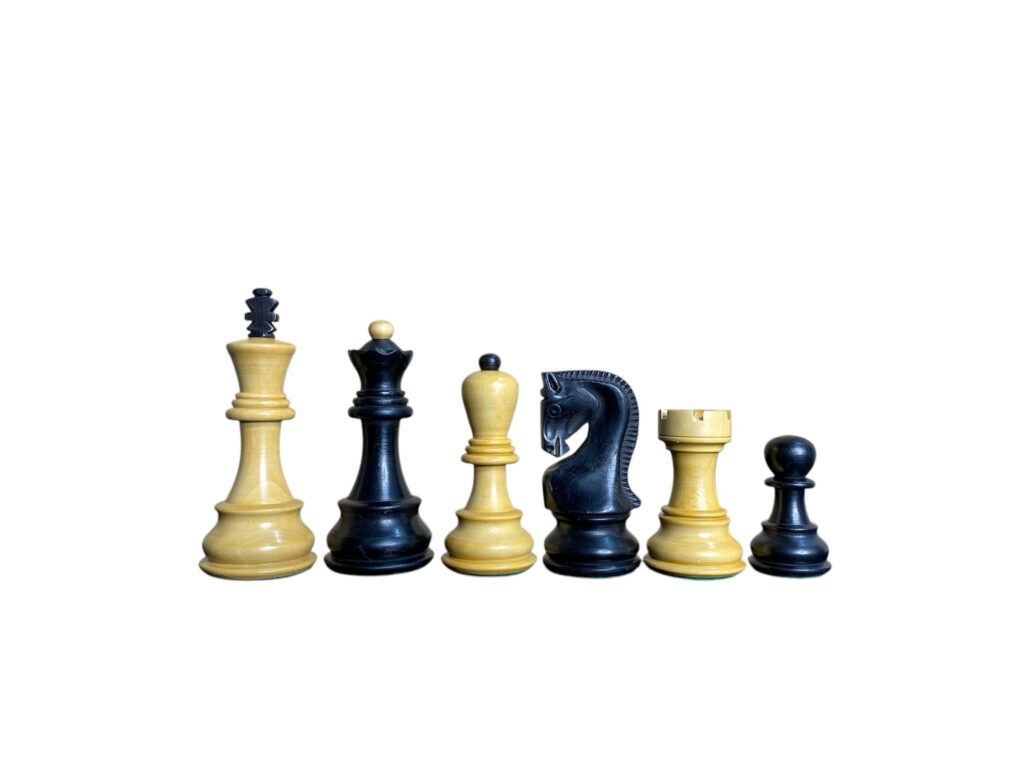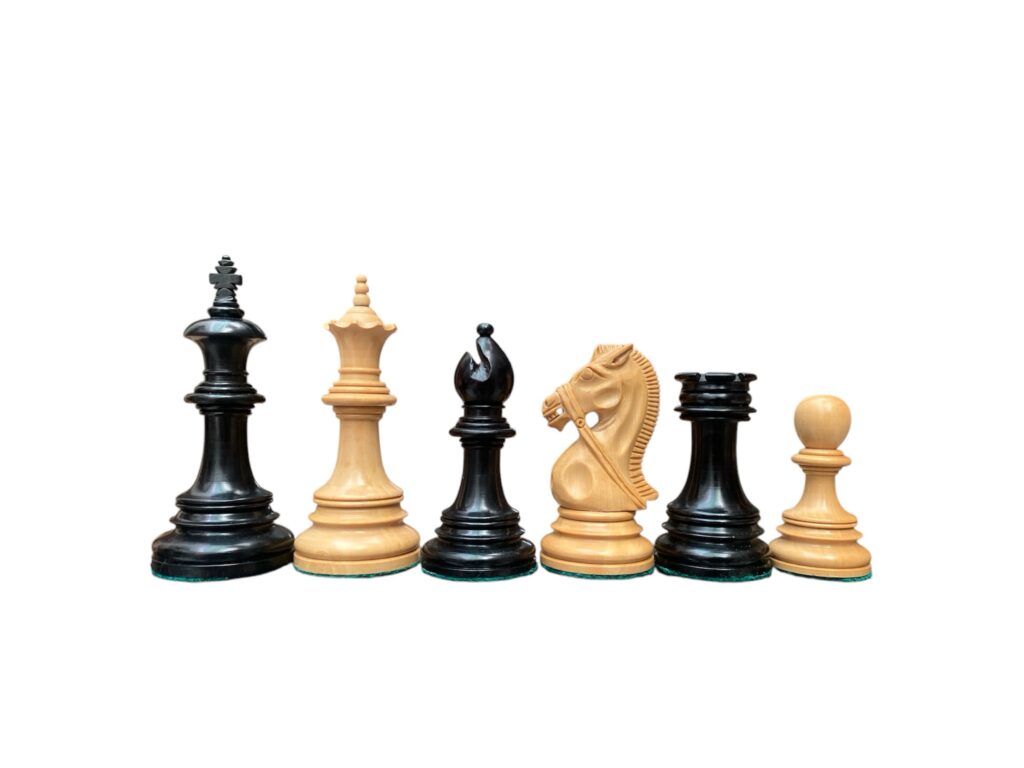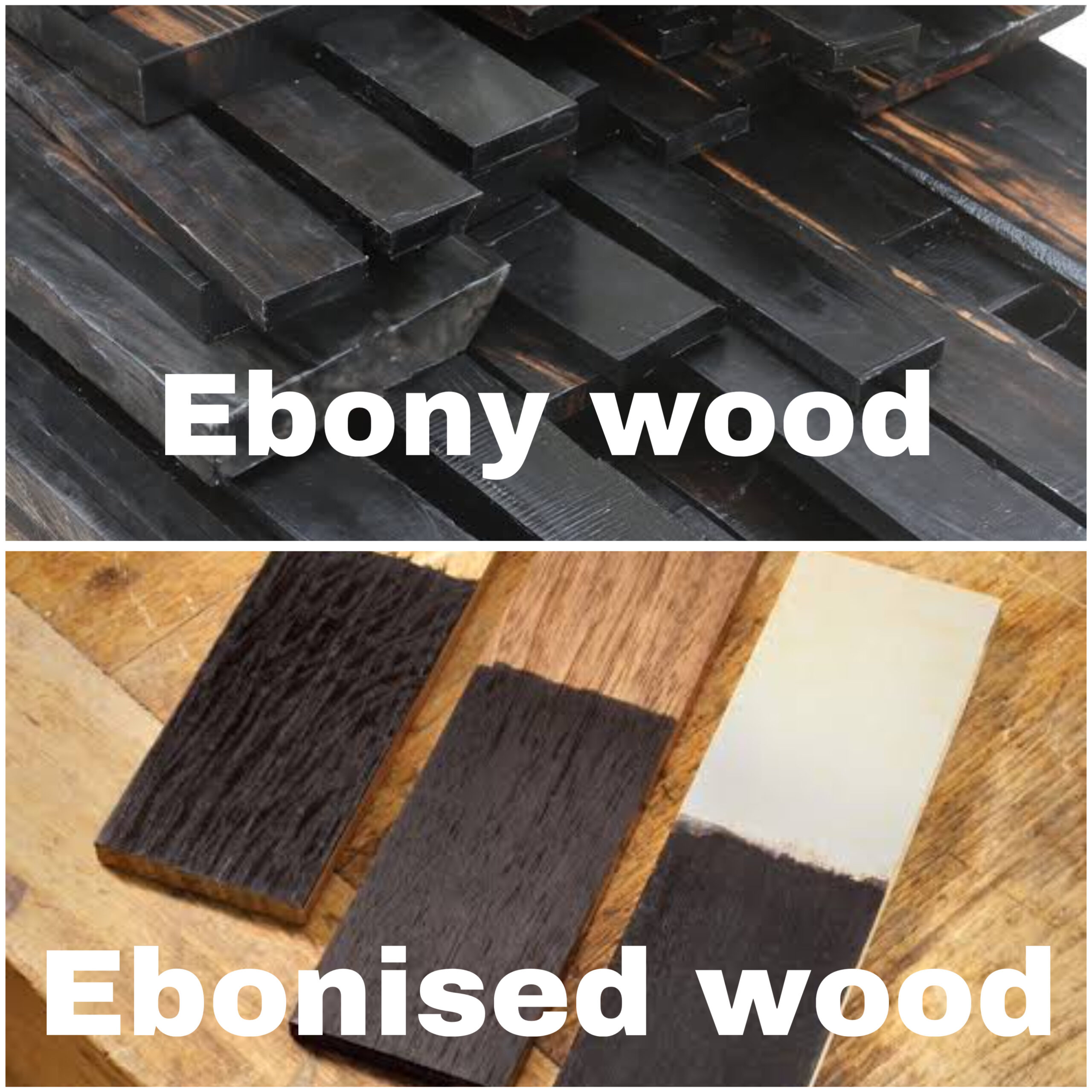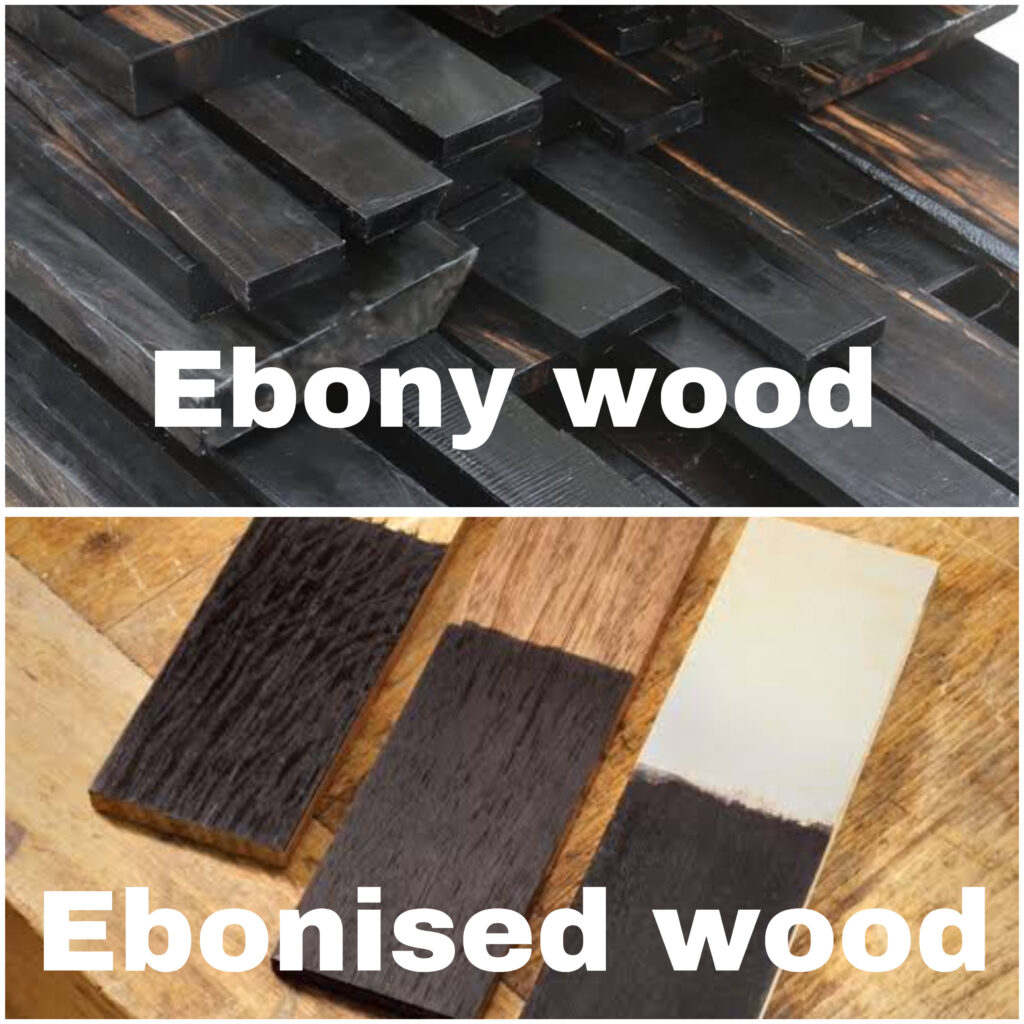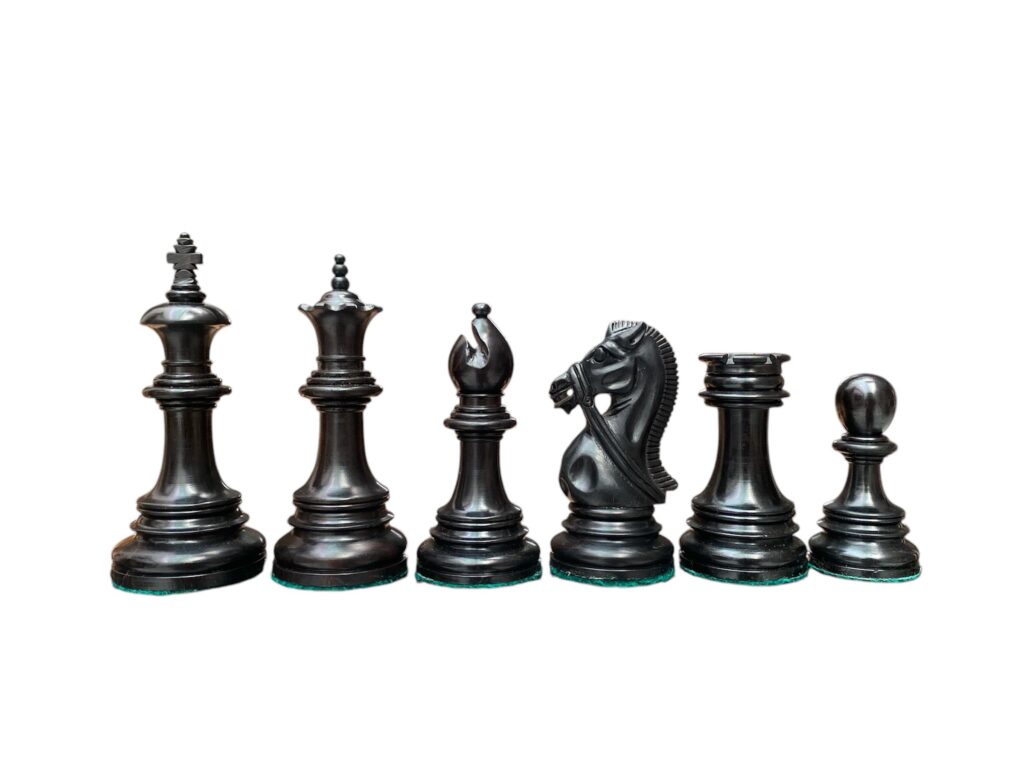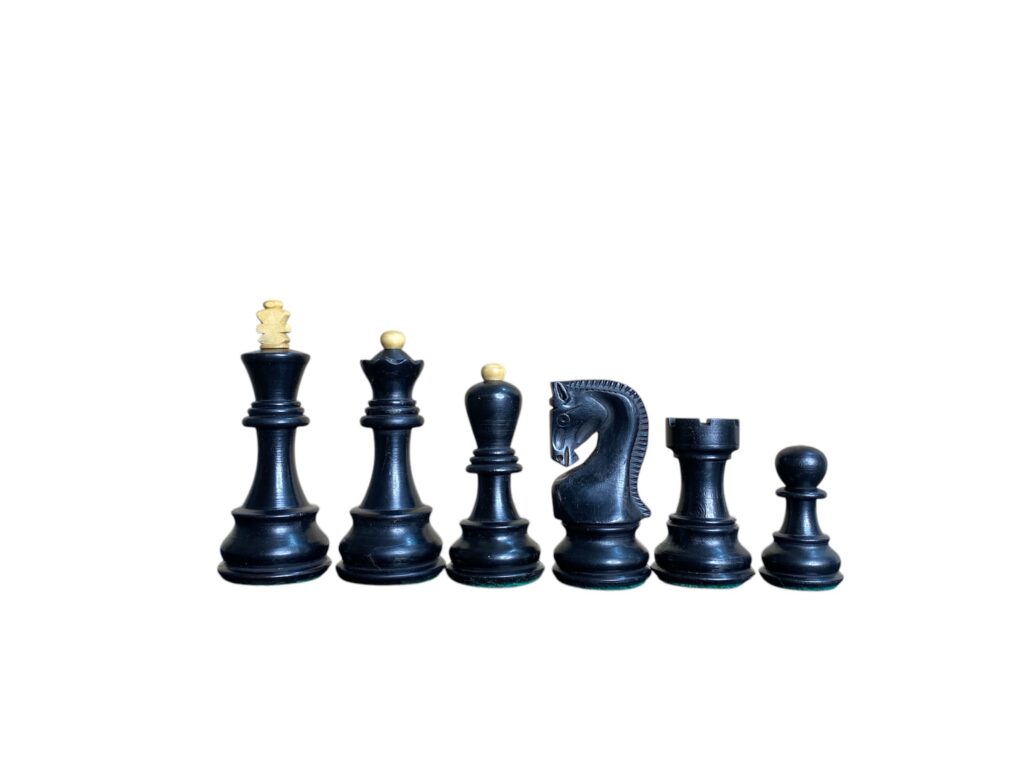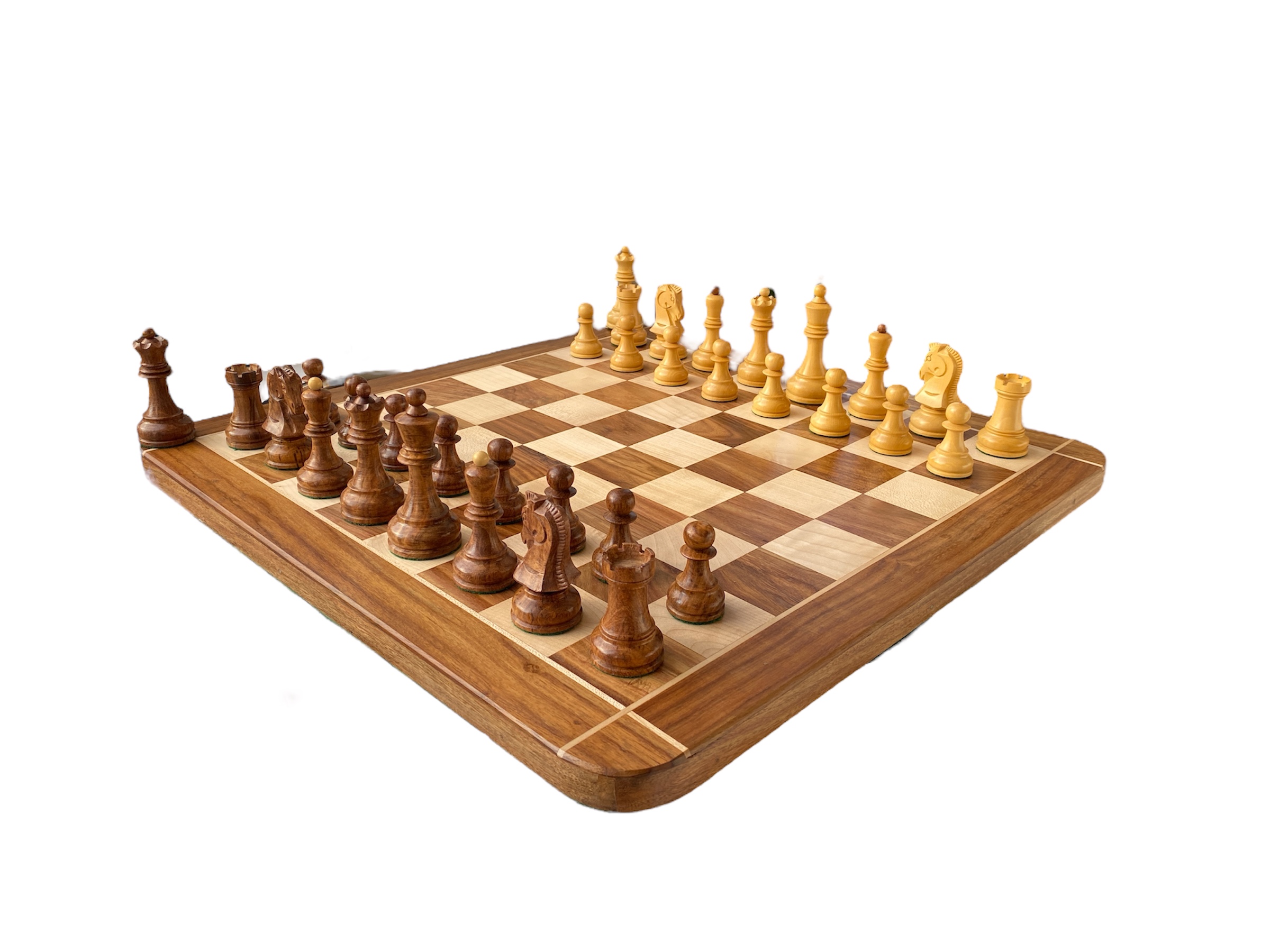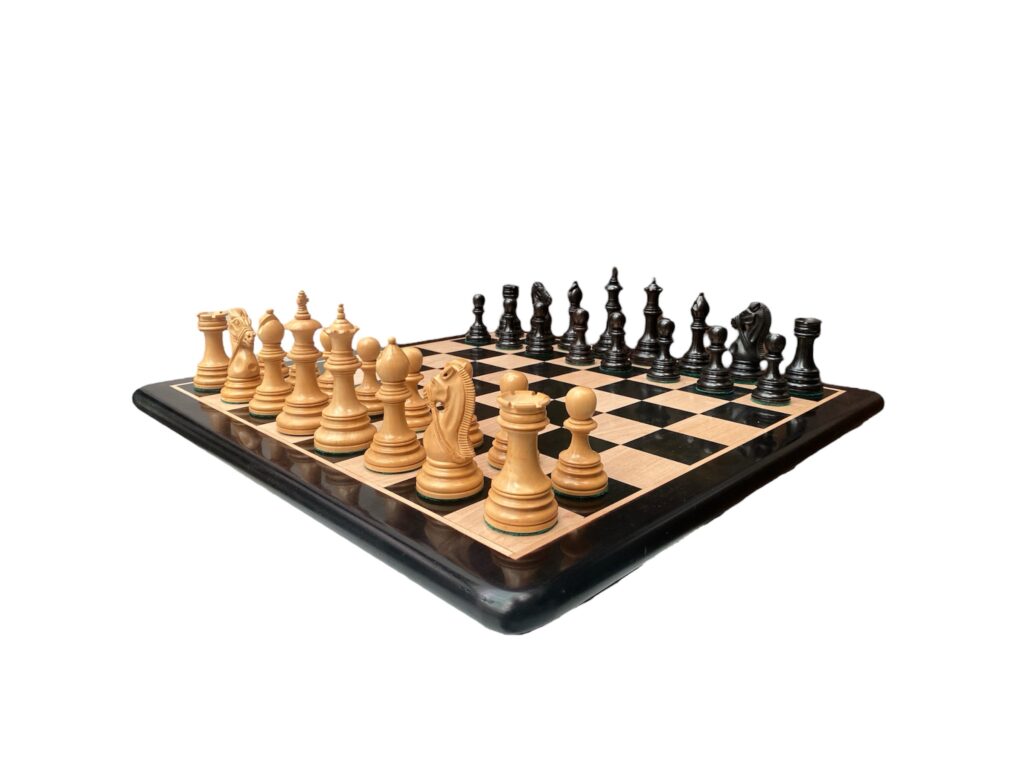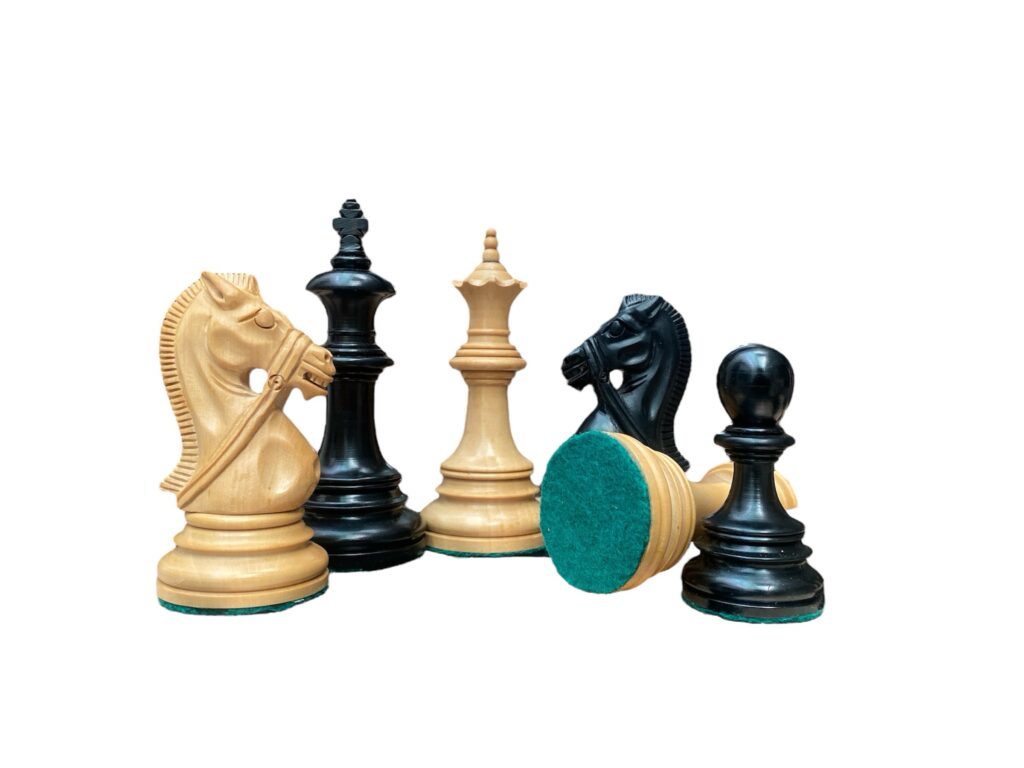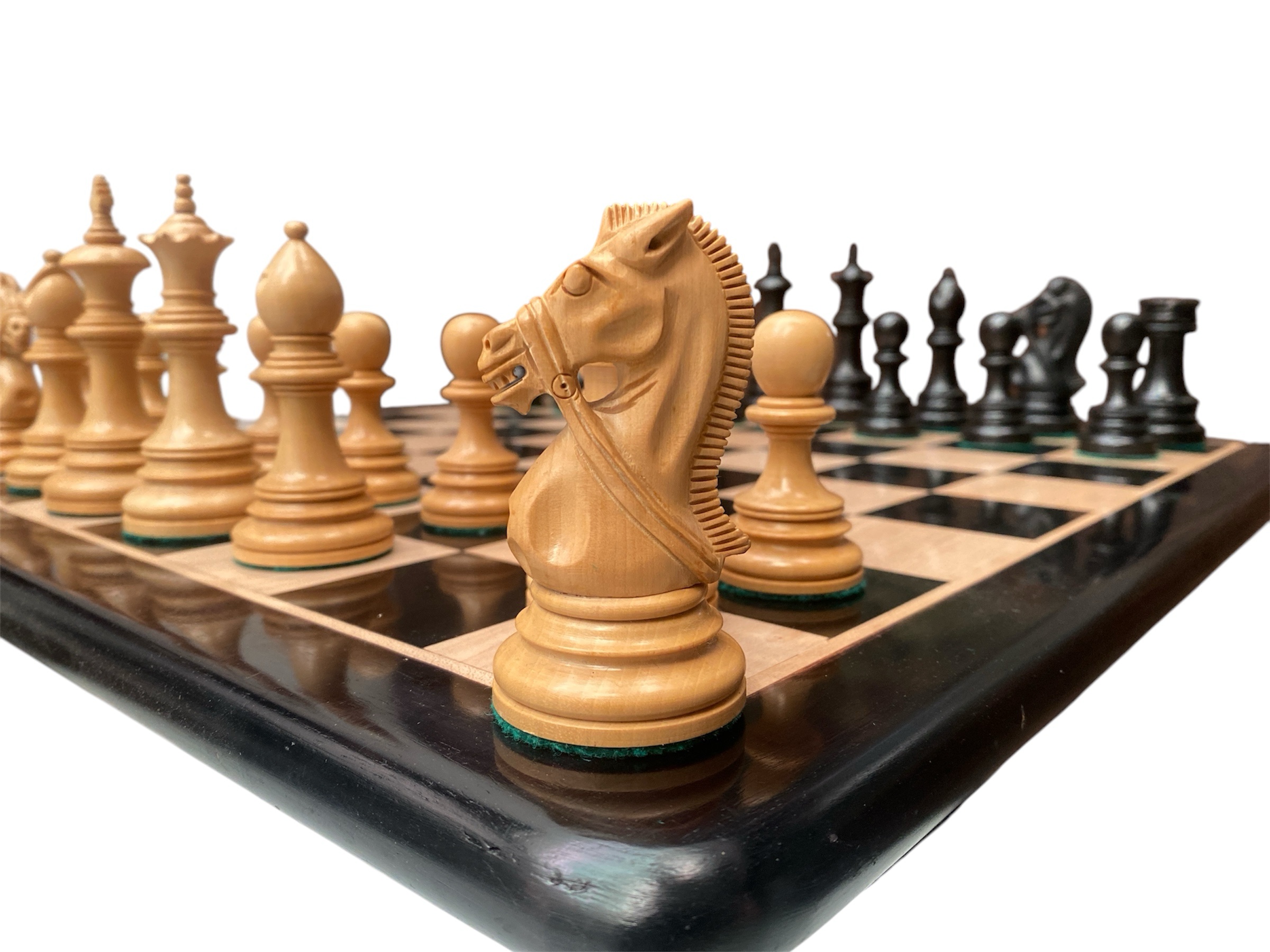The Ultimate Guide to Choosing the Best Chess Set for Beginners
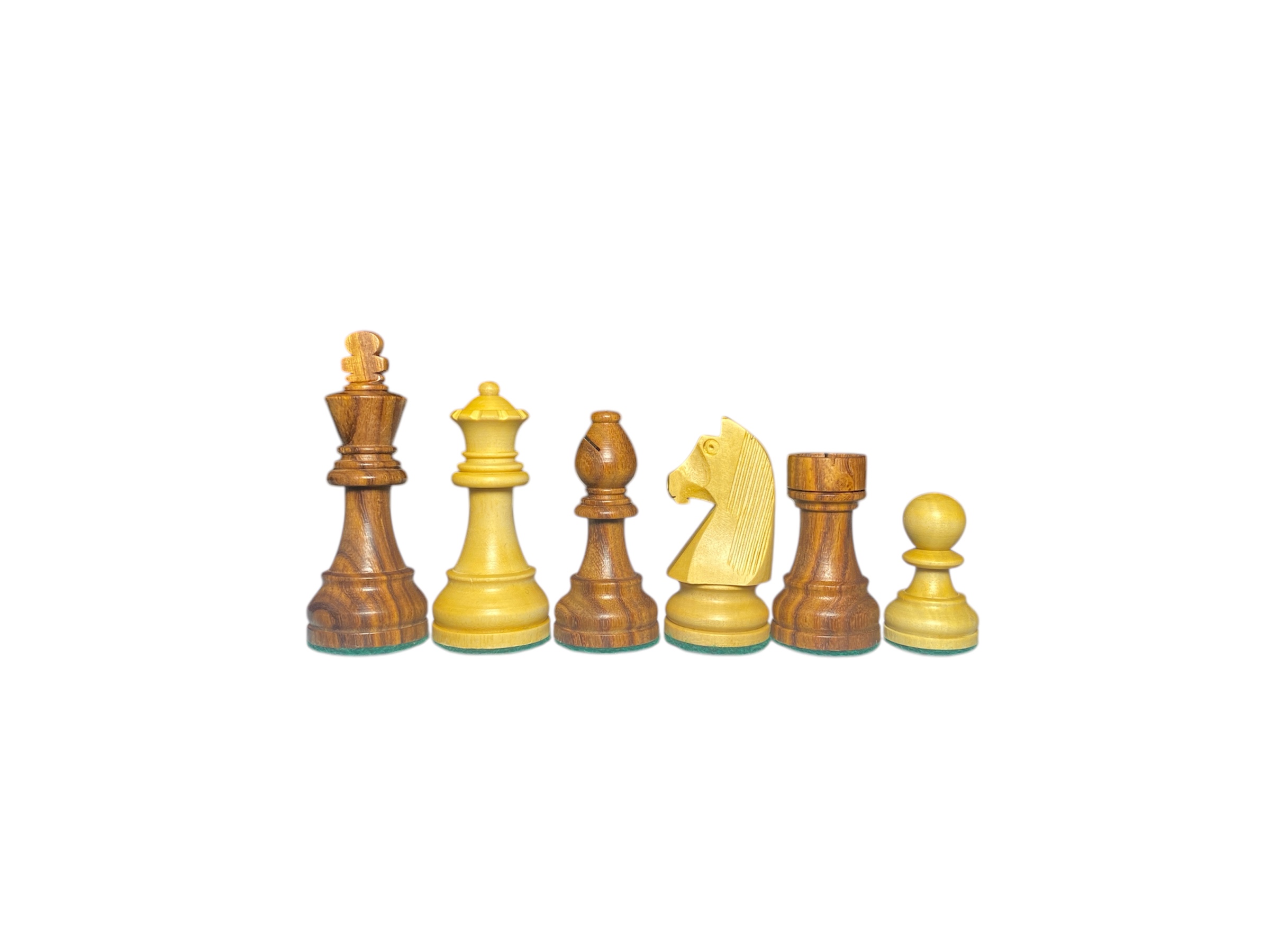
Introduction to Chess for Beginners.
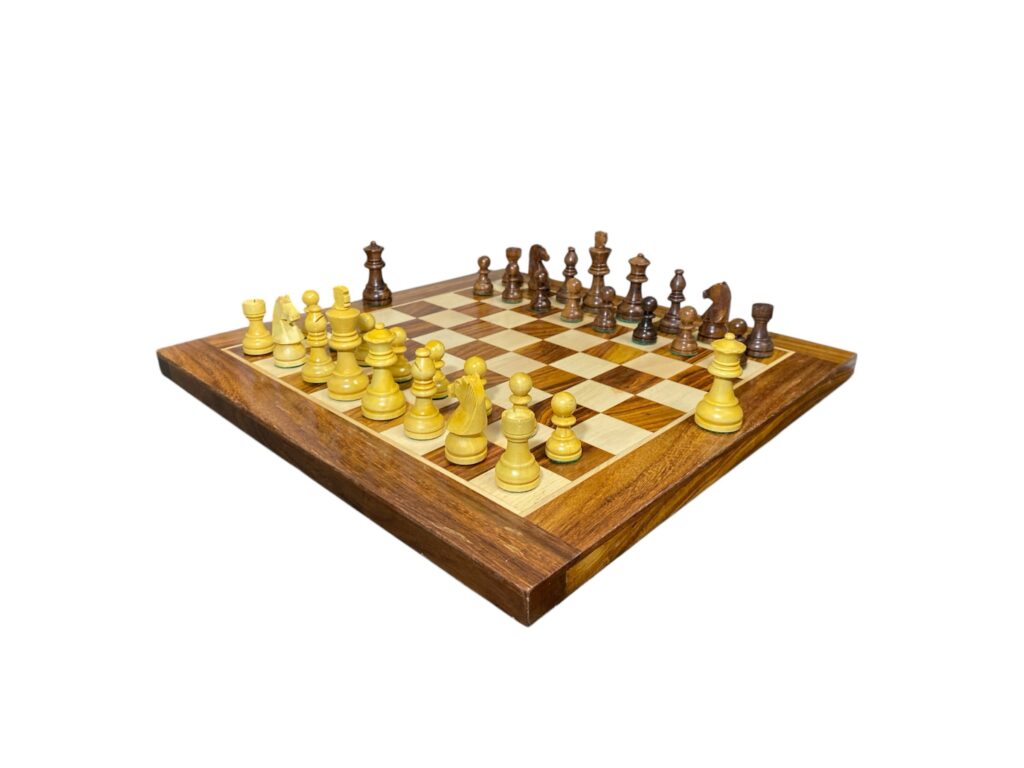
At its core, chess is a two-player game played on an 8×8 board, where each player commands an army of sixteen pieces, including pawns, knights, bishops, rooks, a queen, and a king. The objective is to checkmate the opponent’s king, thereby rendering it unable to escape capture. Familiarizing oneself with the basic rules, such as piece movement and game phases, is crucial for beginners. Each piece has unique movements, and understanding these can significantly affect one’s gameplay and strategies.
Learning chess not only entertains but also improves critical thinking and strategic skills. The game requires players to analyze multiple possibilities, anticipate their opponents’ moves, and make informed decisions based on those projections. This mental exercise fosters problem-solving abilities and cultivates patience and resilience, traits beneficial both on and off the chessboard. Furthermore, chess promotes social interaction, encouraging players to engage with a community, whether through casual games or tournaments.
For those embarking on this journey, selecting a suitable chess set is essential. The right chess set not only enhances the enjoyment of the game but also aids in grasping complex strategies. Thus, understanding the significance of the game and its history provides a solid foundation for beginners as they explore the vast world of chess.
Why the Right Chess Set Matters
Choosing the appropriate chess set is a fundamental step for beginners embarking on their journey into the world of chess. The right chess set not only influences the physical aspects of the game but also significantly enhances the learning experience. A well-designed set can provide a comfortable feel and an inviting aesthetic, both of which are crucial for fostering player engagement.
When beginners interact with a chess set that is visually appealing and ergonomically designed, the overall experience becomes more enjoyable. A chess set that resonates with the player’s personal tastes can spark curiosity and motivate them to explore the complexities of the game. Furthermore, the feel of the pieces and the quality of the board can enhance the tactile feedback during play, making it easier for newcomers to grasp fundamental concepts such as piece movement and game strategy.
Additionally, the right chess set can help in fostering a deeper understanding of this timeless game. For instance, sets with clearly defined and distinguishable pieces allow beginners to easily recognize each piece’s role and value. This understanding is essential as it forms the groundwork for strategic thinking and planning in chess. In contrast, a poorly designed set may lead to confusion and frustration, potentially hindering the learning process.
Moreover, the aesthetics of a chess set should not be underestimated. An attractive chess set can transform the game into a social activity, encouraging newcomers to invite friends and family to join in. This communal aspect of chess can stimulate discussions about strategies and techniques, thereby enriching the player’s comprehension of the game.
Ultimately, the right chess set is a vital investment for beginners. It enhances comfort, stimulates engagement, and promotes a better understanding of chess, laying the foundation for a rewarding and enjoyable experience in this intellectual pursuit.
Types of Chess Sets Available
When selecting a chess set, beginners will encounter a variety of options, each with its own unique attributes. Understanding these different types can aid in making an informed choice that suits personal preferences and playing conditions.
Wooden chess sets are often considered the most traditional option. Made from high-quality materials, they offer durability and aesthetic appeal. Their craftsmanship can feature intricate designs, which may enhance the overall experience of playing chess. However, wooden sets can be more expensive than other types, making them less accessible for budget-conscious beginners. Despite the cost, their tactile experience and elegance often justify the price for many players.
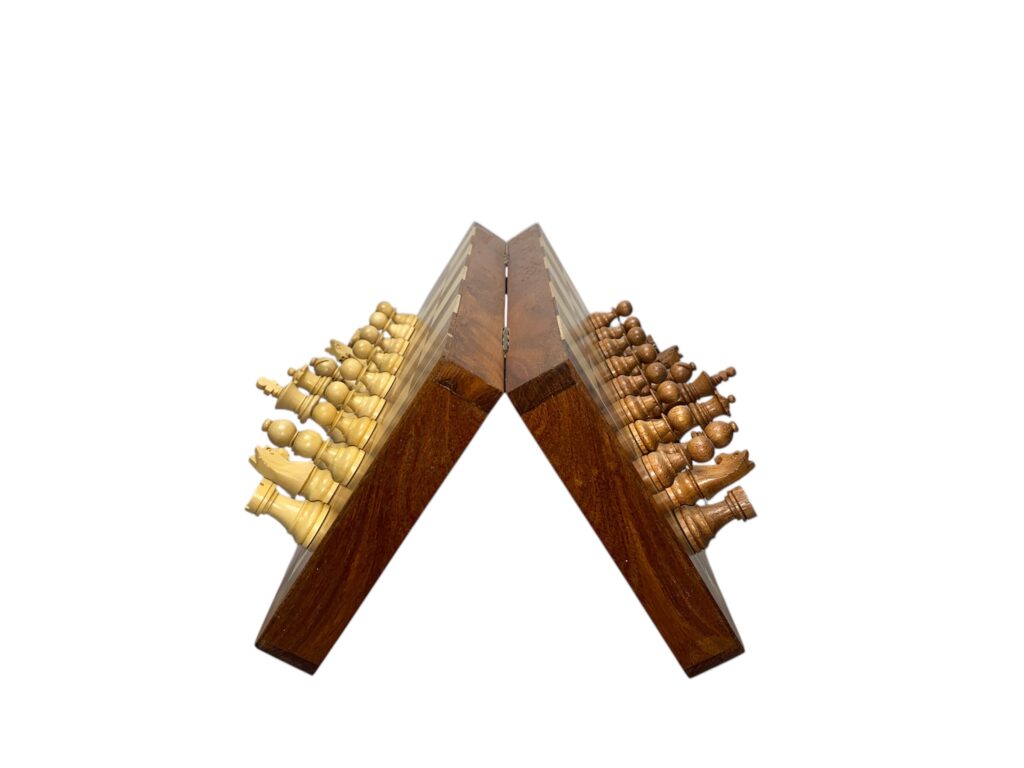
Magnetic chess sets are an innovative option, designed specifically for preventing pieces from shifting during games, especially in mobile situations such as playing on the go or in windy environments. These sets are typically made from plastic or wood, depending on their quality and price point. While magnetic sets are practical and convenient, they may not offer the same level of craftsmanship and beauty as traditional wooden sets.
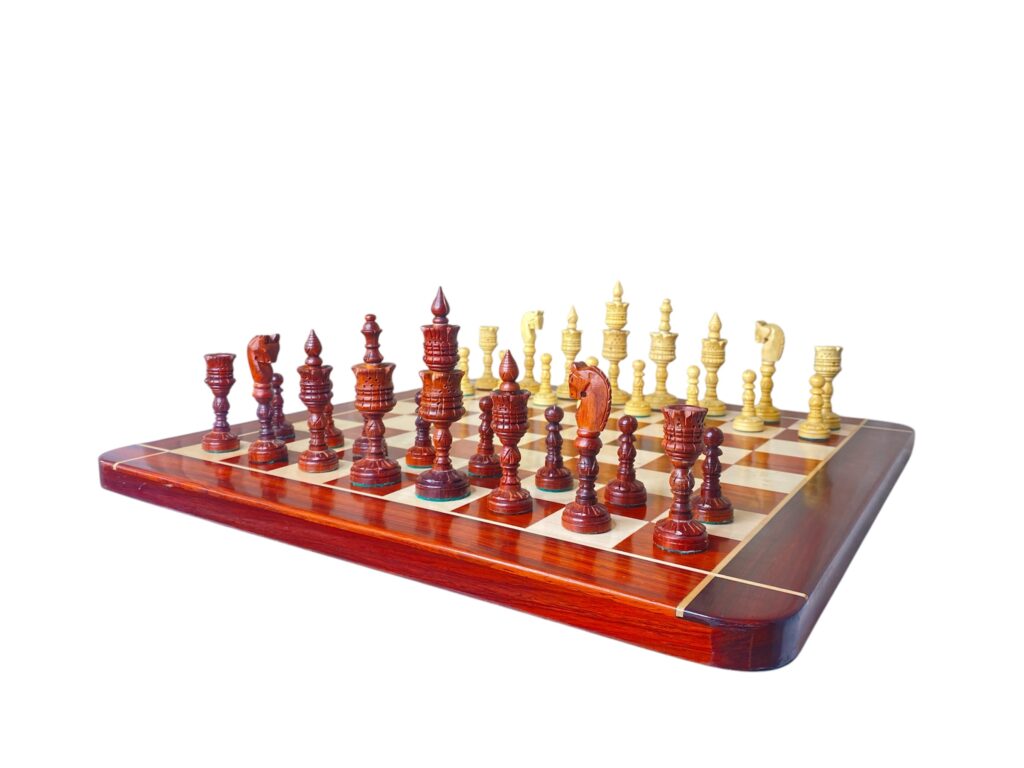
Themed chess sets, which feature designs based on popular cultures, literature, or historical events, can add a unique touch to the game. These sets often serve as collector’s items, making them attractive for enthusiasts. However, themed sets sometimes sacrifice playability and quality, which may not suit those looking for a serious game experience.
By evaluating the various types of chess sets—wooden, plastic, magnetic, and themed—beginners can better identify which set aligns with their needs, budget, and personal taste, ultimately enhancing their chess-playing experience.
Key Features to Look For in a Beginner’s Chess Set
When selecting a chess set for beginners, several key features should be prioritized to ensure a fulfilling learning experience. One of the most important aspects is the size of the chessboard. Generally, a board that is 15 to 20 inches in width is appropriate; this dimension allows for easy maneuverability of the pieces and provides ample space for play while remaining manageable for transport. A standard board size facilitates a better understanding of distances and piece movement, which is vital for developing beginner skills.
Next, the weight of the chess pieces cannot be overlooked. For beginners, pieces that are well-balanced and feel substantial can enhance the playing experience. Heavier pieces are less likely to topple over during play and offer a more satisfying tactile feedback when moved. Moreover, the materials used to construct both the board and pieces should be of high quality. Wooden sets, for example, provide durability and a classic aesthetic, making them an excellent choice for longevity and enhanced enjoyment. On the contrary, plastic sets may be lighter and more portable but are often less durable.
Visual clarity is another crucial feature to consider. A chess set with pieces that are distinctly distinguishable between light and dark colors is essential, especially for those new to the game. Clear differentiation assists beginners in understanding the flow of the game and avoids confusion during play. In addition, portability can be a vital characteristic, especially for those who wish to practice outside of home. Compact and foldable chess sets are ideal for travel, allowing beginners to play wherever they go, thus enhancing learning opportunities.
Budget Considerations for Beginners
When it comes to selecting a chess set, budget plays a critical role, particularly for beginners who may not yet fully appreciate the nuances of quality and design. With a wide range of options available, ranging from inexpensive plastic sets to high-end handcrafted wooden alternatives, it is essential to find a balance between quality and affordability. Beginners should first determine their budget before exploring the various choices that the market offers.
Value for money is a primary consideration. A chess set that may seem cheap may ultimately result in a disappointing experience if it lacks durability or aesthetic appeal. Therefore, it is advisable to invest in a set that not only fits within budget constraints but also provides a satisfying playing experience. Many reputable retailers offer beginner chess sets that are both cost-effective and durable, ensuring that learners can practice and develop their skills without financial strain.
Additionally, exploring the potential of purchasing used chess sets can be a beneficial strategy. Websites, local chess clubs, and community boards often have listings for second-hand sets. These options can fine-tune your expenditure by providing quality pieces previously enjoyed by others, while often retaining their functionality and educational value. Furthermore, it is not uncommon for experienced players to donate or sell their unused sets, allowing beginners access to superior craftsmanship at a fraction of the cost.
Ultimately, several budget-friendly chess sets are available that do not compromise on quality. Beginner players can benefit greatly from sets that are well-constructed and visually appealing, as these characteristics often lead to a more engaging and enjoyable learning experience. By focusing on the right budget strategies, beginners can find a chess set that suits their financial needs while still fostering a commitment to learning the game.
Top Chess Sets Recommended for Beginners
Choosing the right chess set as a beginner is crucial, as it can significantly impact your learning experience and enjoyment of the game. Here is a curated list of top chess sets that are highly recommended for those starting their journey in chess.
1. The House of Staunton Beginner Chess Set
Staunton Chess set
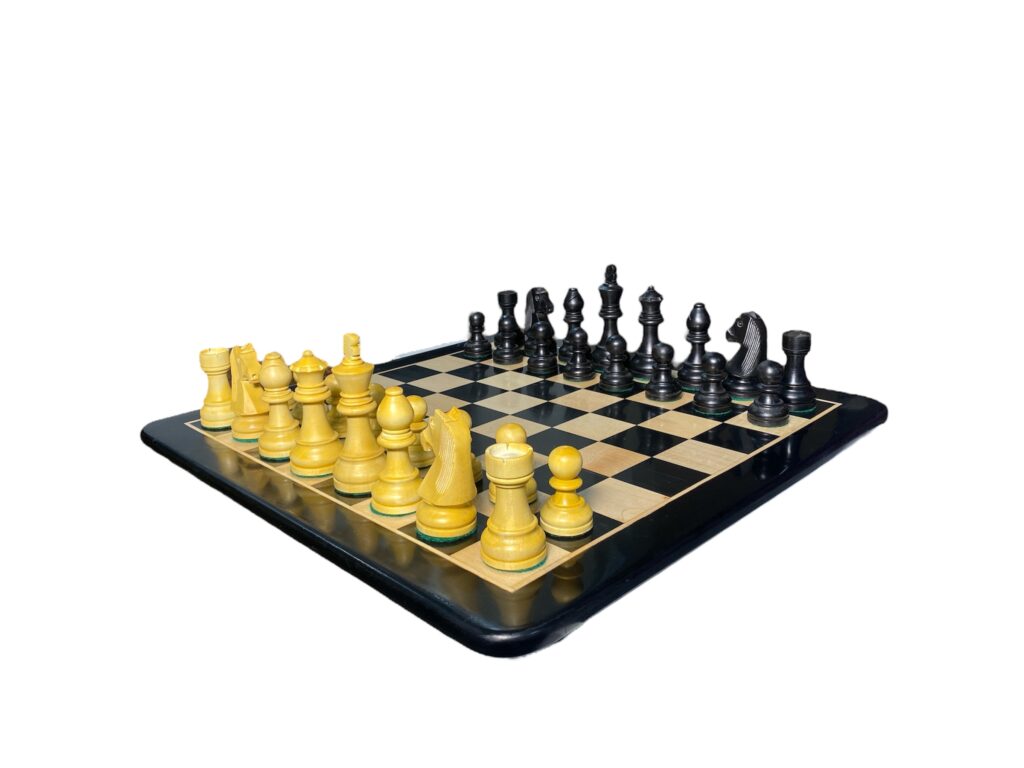
2. Zagreb chess ” Wooden Chess Set
Zagreb Chess set
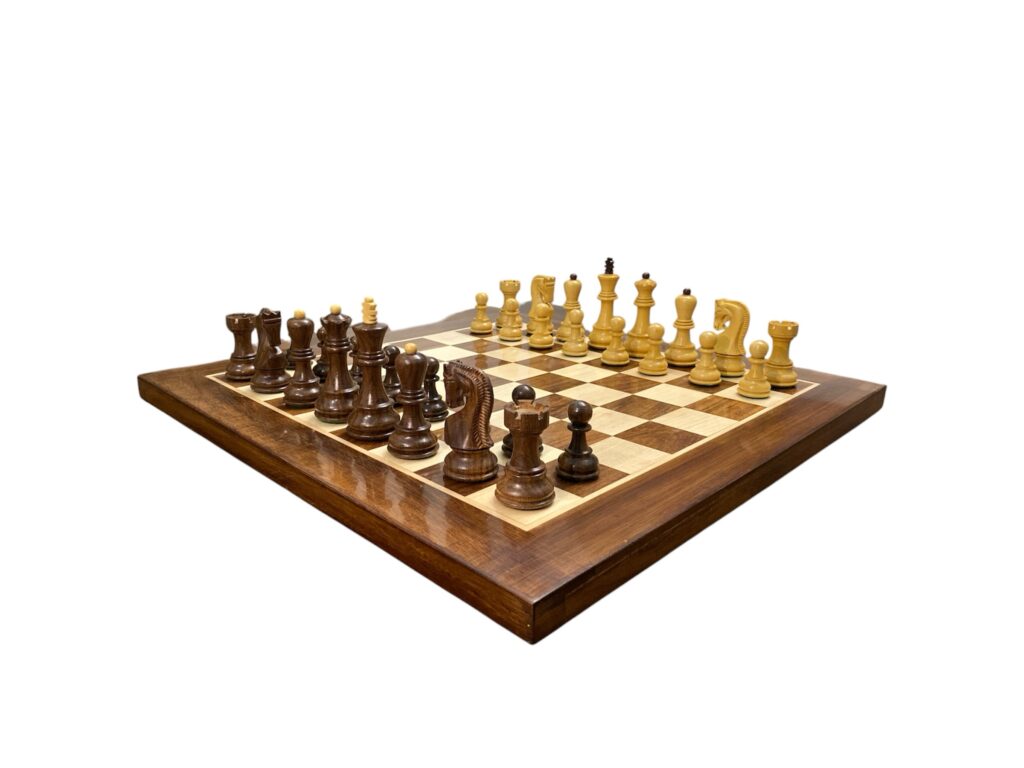
3. Deluxe Magnetic Travel Chess Set
Magnetic Chess Sets
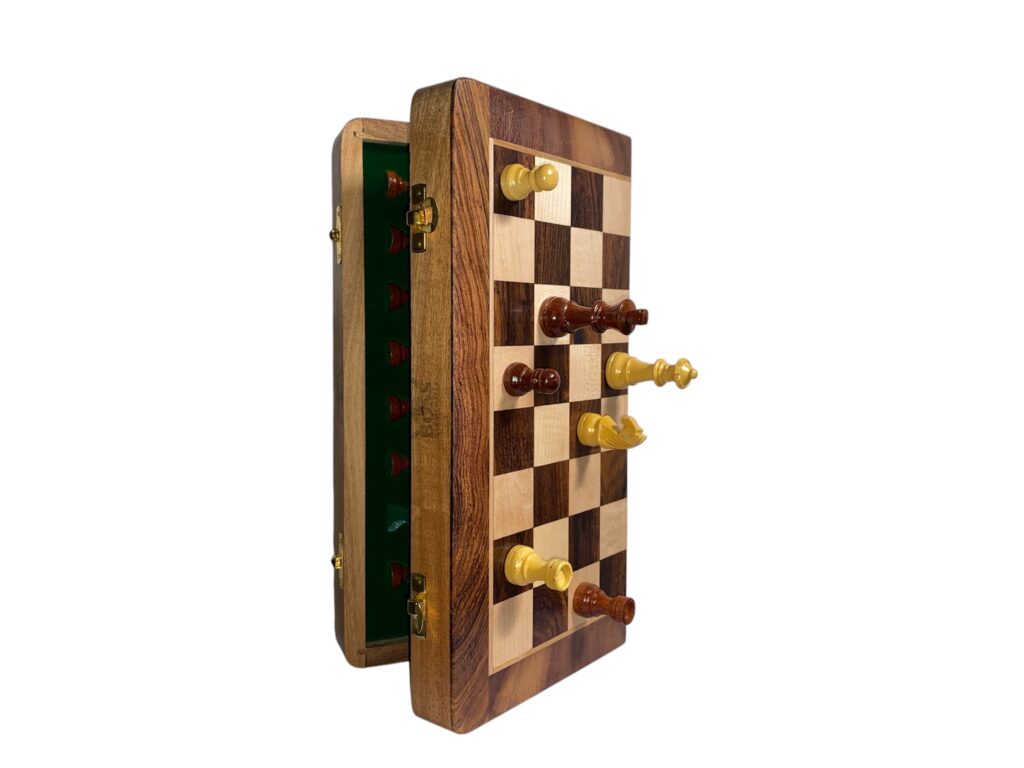
4. Cardinal Classic Chess Set
Burnt Carving Chess Set
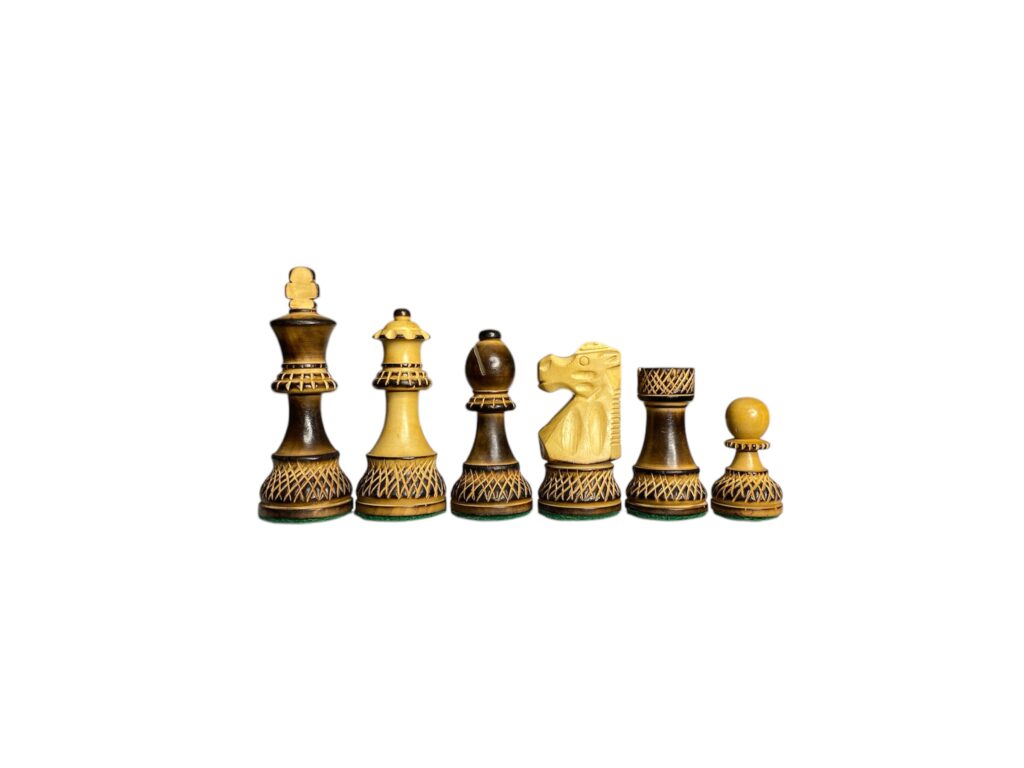
These chess sets cater to various preferences and budgets, ensuring that every beginner can find a suitable option to start their chess journey. Each of these recommendations has been well-reviewed by players and serves as a reliable choice for first-time chess enthusiasts.
Setting Up Your Chess Board
Properly setting up your chess board is the first step for beginners embarking on their chess journey. Understanding the correct orientation and positioning of the pieces is crucial to playing this strategic game effectively. A standard chess board consists of 64 squares arranged in an 8×8 grid, alternating in color, typically light and dark. The board should be oriented so that each player has a light-colored square in their bottom right corner.
Each player begins with 16 pieces: one king, one queen, two rooks, two knights, two bishops, and eight pawns. The placement of these pieces is standardized. The back row, which is closest to each player, should be set up as follows: the rooks occupy the corners, next to them are the knights, followed by the bishops, and then the king and queen are placed in the center. It is essential to note that the queen always stands on her corresponding color; hence, the white queen is on a light square and the black queen on a dark square.
The front row is filled with the pawns, providing a solid defense and a means of advancing towards the opponent’s side of the board. Familiarizing oneself with the initial setup is vital for new players, as it influences the first moves of the game. Beginning players may find it helpful to utilize visual aids, such as diagrams or pictures, which illustrate the correct board setup. Observing or participating in games can also improve visual memory and understanding of piece movement and tactics.
In conclusion, setting up the chess board correctly enhances the overall playing experience and provides a foundation for learning strategic gameplay. By ensuring an accurate setup, beginners can confidently take their first steps into the world of chess, paving the way for improved skills and enjoyment of the game.
Caring for Your Chess Set
Maintaining a chess set is essential for ensuring its longevity and preserving its functionality and aesthetics, especially for beginners who take pride in their equipment. Regular care not only protects the pieces from wear and tear but also enhances the overall experience of the game. Here are some key maintenance tips to consider.
First and foremost, cleaning your chess set should be a routine task. Use a soft, dry microfiber cloth to gently wipe down the pieces and the board. For wooden sets, it is advisable to apply a suitable wood polish occasionally, which can add shine and help protect against dust and fingerprints. Avoid using harsh chemicals or abrasive materials, as these can damage the finish and durability of your set.
Storage is equally crucial in caring for your chess set. Always store your chess pieces in their designated box or pouch when not in use. This protects them from dust accumulation and accidental damage. If your chess set includes a cloth board, consider rolling it up rather than folding it to prevent creases. Additionally, ensure that the storage area is dry and away from direct sunlight, as exposure can warp the pieces or fade the colors over time.
For plastic chess sets, while they are generally more durable, they still require proper care. Use mild soap and water for cleaning, followed by thorough drying to prevent any moisture from accumulating. Be mindful of extreme temperatures; avoid leaving your chess set in hot cars or near heaters, which can lead to warping or other damage.
By adopting these care routines, you can ensure that your chess set remains in excellent condition for many games to come. Taking the time to maintain your equipment will not only enhance your playing experience but also instill a sense of respect for this timeless game.
Conclusion and Final Thoughts
Choosing the right chess set is an essential step for beginners embarking on their journey into the fascinating world of chess. As we’ve discussed throughout this guide, the right chess set can significantly impact a player’s learning experience, facilitate understanding of the game’s nuances, and boost overall enjoyment. When selecting a chess set, consider factors such as material, design, size, and portability, which can greatly enhance the way one interacts with the game.
Investing in a quality chess set not only showcases your commitment to learning but also encourages a deeper connection to the game and the community surrounding it. With a multitude of options available, from classic wooden sets to more contemporary designs, beginners are encouraged to find a chess set that resonates with their personal style and preferences. This choice should reflect not just a practical selection but also serve as a source of inspiration as you grow as a player.
Moreover, engaging with chess allows individuals to hone critical thinking, strategy, and foresight, all integral skills that extend beyond the chessboard. The journey in chess offers an opportunity to learn from both victories and defeats, significantly contributing to personal growth and resilience. By choosing the right chess set, beginners are effectively laying the foundation for their ongoing development and participation in the vibrant chess community.
Ultimately, the choice of a chess set serves as an invitation to delve deeper into the game, to connect with fellow enthusiasts, and to continuously refine one’s skills. Embrace the challenge, immerse yourself in the strategy, and remember that every great player started as a beginner. Engage with chess, participate in local clubs, and enjoy the journey that lies ahead.




